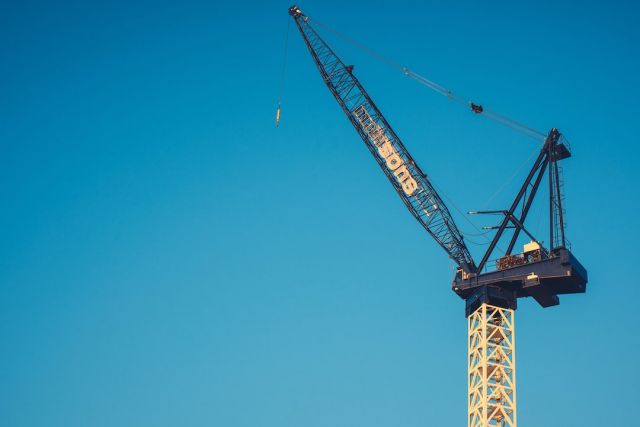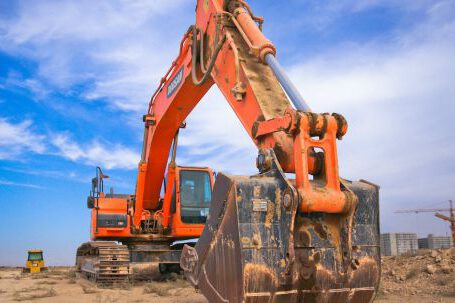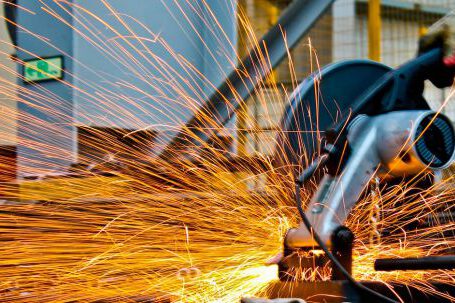Cranes are essential parts of many construction projects, and they play an important role in the safe and efficient lifting and movement of heavy materials. Cranes come in many shapes and sizes, from small and lightweight to large and powerful. Understanding the basics of cranes and their operations is essential for anyone working in the field of construction, and having a good grasp of the fundamentals can help keep projects running smoothly and safely.
Types of Cranes
Cranes are available in a variety of designs, with each one suited to a particular job or tasks. The most common types of cranes are the tower crane, the overhead crane, and the mobile crane.
Tower cranes are large, stationary cranes that are used for construction projects that require the lifting of heavy materials from one level to another. They are typically mounted on the side of a building and can be raised or lowered depending on the job.
Overhead cranes are most commonly seen in factories and warehouses, and they are used to move large, heavy objects over short distances. They are usually powered by electricity or hydraulics, and they can be used to lift, lower, or move objects.
Mobile cranes are built on vehicles, such as trucks or trailers, and they are designed to be easily moved from one place to another. These cranes are used for lifting and moving heavy objects over short distances.
Parts of a Crane
The main components of a crane are the boom, the jib, the trolley, and the counterweight. The boom is the long, telescopic arm of the crane, and it is used to move the load from one point to another. The jib is a shorter arm that is used to hold the load in place. The trolley is a wheeled device that is used to move the load along the boom, and it is powered by electricity or hydraulics. Finally, the counterweight is a heavy weight that is used to balance the load, making it easier to operate the crane.
How Do Cranes Work?
Cranes are operated by a variety of controls, depending on the type of crane and the job. Tower cranes, for example, are operated by a cab that is located at the top of the crane. This cab is equipped with levers and switches that control the movement of the boom, the jib, and the trolley.
Overhead cranes and mobile cranes can be operated from a control panel on the ground, or from a remote control. These cranes are powered by electricity, hydraulics, or a combination of the two. The controls are used to move the boom, the jib, and the trolley, as well as to activate the counterweight.
Safety Considerations
Safety is a top priority when operating a crane, and it is important to follow all safety guidelines and regulations. Cranes must be inspected regularly for any possible defects or mechanical issues, and operators must be properly trained and certified. It is also important to keep the area around the crane free of any obstructions, and to be aware of any potential hazards such as power lines or other objects that could interfere with the operation of the crane.
Conclusion
Cranes are powerful and versatile tools that are essential for many construction projects. Understanding the basics of crane operation is important for anyone working in the industry, and having a good grasp of the fundamentals can help keep projects running safely and efficiently. From the types of cranes available to the parts of a crane and how they work, understanding the basics of cranes and their operations is essential for anyone working in the field of construction.






